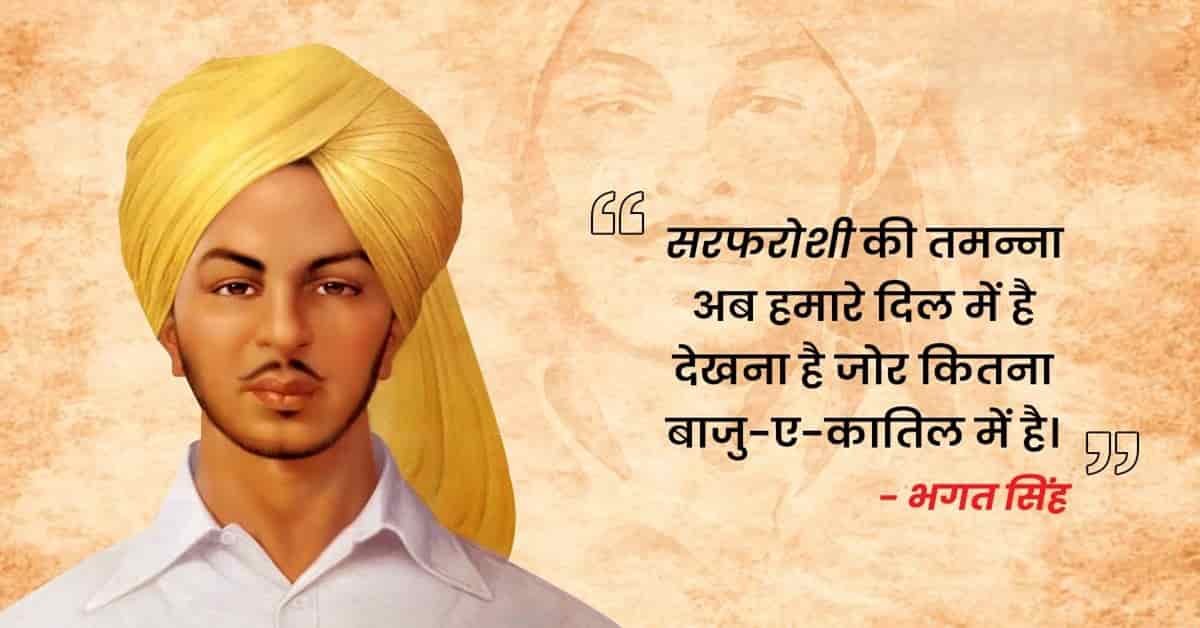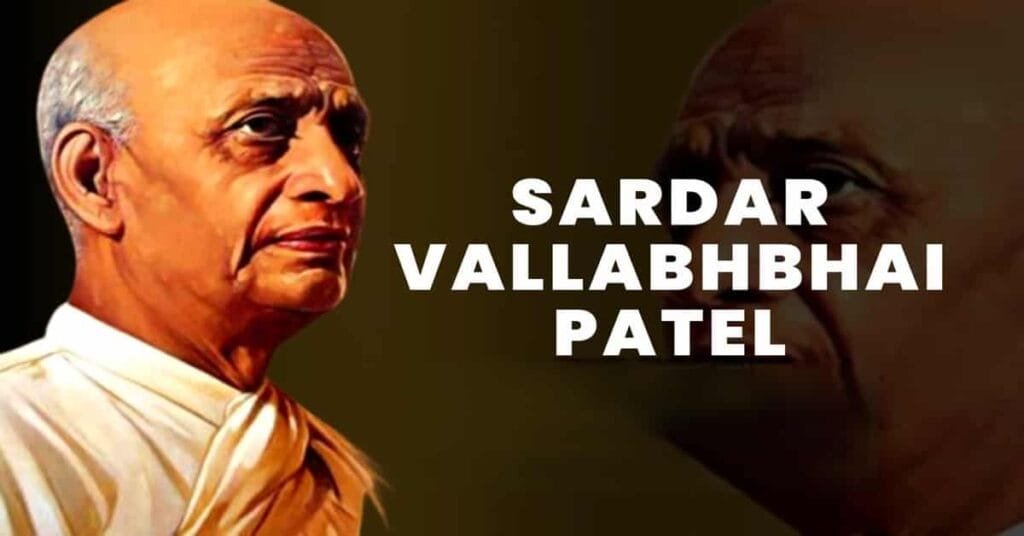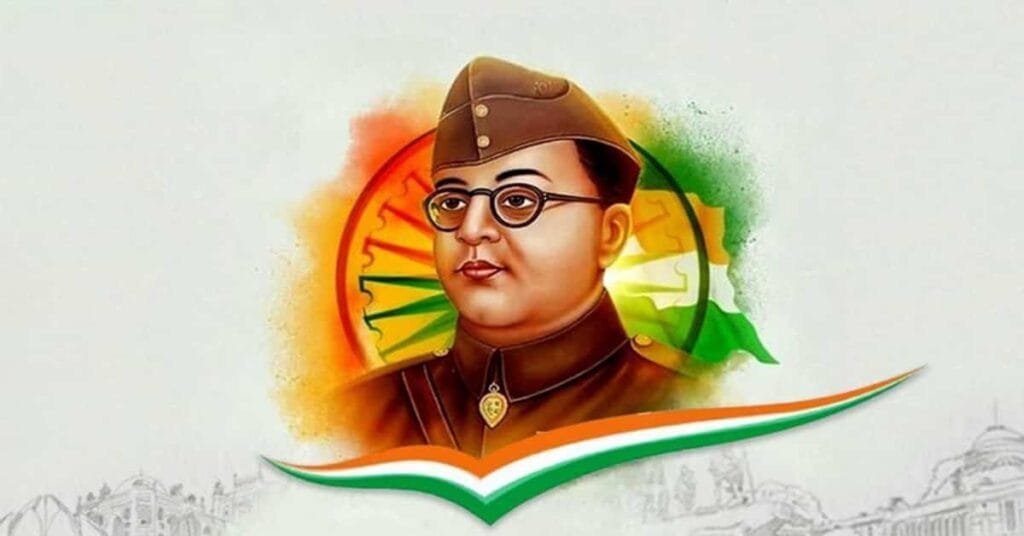Title: Bhagat Singh: The Icon of Revolutionary Nationalism
Ladies and gentlemen,
Today, we gather to pay tribute to one of the most remarkable figures in the annals of India’s freedom struggle—Bhagat Singh. Born on September 28, 1907, in Banga, Punjab, Bhagat Singh emerged as a symbol of youthful vigor, courage, and revolutionary zeal in the face of British colonialism. His life, though short, became a beacon of inspiration for millions, exemplifying the spirit of defiance against oppression.
Early Life and Influences
Bhagat Singh was born into a politically conscious family. His father, Kishore Singh Sandhu, and uncle, Ajit Singh, were active participants in the Indian National Congress, which instilled in him a strong sense of nationalism from a young age. Witnessing atrocities committed by British authorities, such as the Jallianwala Bagh massacre, profoundly impacted him and fueled his desire for freedom.
Initially influenced by Mahatma Gandhi’s philosophy of non-violence, Bhagat Singh’s perspective changed as he grew older. He became increasingly disillusioned with the slow-paced approach of the Congress and sought a more radical path to achieve independence for India.
Activism and Revolutionary Ideology
In 1925, after the death of a prominent nationalist leader, Lala Lajpat Rai, as a result of police brutality during a protest, Bhagat Singh and his comrades resolved to avenge his death. In 1928, they planned an assassination of James A. Scott, the police superintendent responsible for the beating that led to Rai’s death. However, in a case of mistaken identity, they killed J.A. Saunders instead. This marked a significant turning point in Bhagat Singh’s life.
Knowing that he would be pursued, Bhagat Singh and his friend, Sukhdev, went underground. During this time, he continued his revolutionary activities, emphasizing the need for a radical transformation of India away from imperial rule and the exploitation of the working class.
The Assembly Bombing
In 1929, intent on making a statement against oppressive colonial laws, Bhagat Singh and his ally, Batukeshwar Dutt, threw non-lethal bombs in the Central Legislative Assembly in Delhi. They aimed to protest against the repressive policies of the British government and to disrupt the proceedings, not to cause harm. After the act, instead of fleeing, they surrendered, using the opportunity to spread their revolutionary message.
Imprisonment and Hunger Strike
Bhagat Singh’s trial generated massive public interest and support. He and his fellow revolutionaries used the courtroom as a platform to advocate for their ideas, raising awareness about the injustices of colonial rule and the need for revolutionary change.
While imprisoned, Bhagat Singh undertook a hunger strike to demand better treatment for political prisoners and to highlight the inhumane conditions within jails. His strike lasted for over 116 days, drawing significant attention and admiration from the masses, signifying the plight of oppressed Indians and their discontent with colonial governance.
Martyrdom and Legacy
On March 23, 1931, Bhagat Singh, along with Rajguru and Sukhdev, was sentenced to death by hanging. His execution sparked widespread protests and outrage across India. Bhagat Singh was just 23 years old at the time of his execution, yet he had left an indelible mark on the collective consciousness of Indian society.
His famous declaration before his execution encapsulated his unwavering resolve: “Revolution is not the bed of roses. It is a struggle for the oppressed and exploited.” He believed in the philosophy of socialism and sought to establish a society free from class oppression.
A Symbol of Revolutionary Spirit
Bhagat Singh’s martyrdom turned him into a martyr and a national hero. His writings, including essays on socialism and revolutionary thought, continue to resonate with young people and activists even today. He became an enduring symbol of resistance, inspiring future generations to fight against oppression and injustice.
His life demonstrated that the quest for freedom is not merely about gaining political independence but also about liberating oneself from the shackles of social and economic exploitation. Bhagat Singh’s commitment to a just society highlights the importance of fighting for equality, justice, and dignity.
Conclusion
In conclusion, Bhagat Singh’s legacy goes far beyond his revolutionary acts; it embodies the spirit of youth, courage, and the relentless pursuit of justice. To honor his memory, we must carry forward his vision and commitment to social change.
As we reflect on his life and contributions, let us be inspired by Bhagat Singh’s ideals—of fighting against inequality, injustice, and oppression in whatever forms they take. May his spirit ignite in us the passion to strive for a better and more equitable world.
Let us remember that true patriotism lies in serving our nation and its people, in standing up against wrongdoing, and in working tirelessly for the upliftment of the oppressed and marginalized.
Thank you.
Here are some frequently asked questions (FAQs) about Bhagat Singh, along with concise answers:
FAQs about Bhagat Singh
1. Who was Bhagat Singh?
Bhagat Singh was a prominent Indian revolutionary and freedom fighter known for his role in the struggle against British colonial rule in India. He is celebrated for his courage, radical ideology, and commitment to social justice.
2. When and where was Bhagat Singh born?
Bhagat Singh was born on September 28, 1907, in Banga, Punjab, India.
3. What were Bhagat Singh’s main contributions to the Indian independence movement?
Bhagat Singh is best known for his involvement in revolutionary activities against British rule, including the assassination of British police officer J.A. Saunders in revenge for the death of Lala Lajpat Rai and his role in the Central Legislative Assembly bombing in 1929.
4. Why did Bhagat Singh throw a bomb in the Central Legislative Assembly?
He threw a bomb in the Assembly to protest against repressive laws and to make a statement against British colonialism, aiming to draw attention to the plight of Indians under their rule. He and his associate Batukeshwar Dutt surrendered after the bombing to make their message clear.
5. What were Bhagat Singh’s views on violence and revolution?
Bhagat Singh believed that armed struggle was a necessary means to achieve independence for India. He emphasized the need for a radical change to liberate the working class and eradicate social injustice.
6. Why was Bhagat Singh imprisoned?
Bhagat Singh was imprisoned after being arrested for the bombing in the Central Legislative Assembly and was later charged with the murder of J.A. Saunders. His trial garnered widespread attention and became a platform for his revolutionary ideas.
7. What was the hunger strike that Bhagat Singh undertook?
While in prison, Bhagat Singh undertook a hunger strike to demand better treatment for political prisoners and to protest against inhumane conditions in jails. His hunger strike lasted from September 15, 1929, to October 6, 1929, emphasizing the need for justice and humane treatment.
8. When was Bhagat Singh executed?
Bhagat Singh, along with his comrades Rajguru and Sukhdev, was executed on March 23, 1931, at the young age of 23.
9. How did Bhagat Singh’s execution impact India?
His execution sparked widespread protests across India and turned him into a martyr and national hero. It galvanized the Indian independence movement, inspiring many to join the struggle against British rule.
10. What is Bhagat Singh’s legacy?
Bhagat Singh is remembered as a symbol of bravery, youthful defiance, and radical nationalism. His writings continue to inspire generations, advocating for social change and justice. His impact is felt not only in India but also in various freedom struggles around the globe.
11. What are some notable writings of Bhagat Singh?
Bhagat Singh authored several essays and articles, including “Why I Am An Atheist,” where he expressed his views on religion, politics, and society. His writings reflect his revolutionary thoughts and commitment to socialism.
12. How is Bhagat Singh commemorated today?
Bhagat Singh is commemorated across India on March 23, known as Shaheed Diwas (Martyrs’ Day), to honor his sacrifice for the country. His lifestyle and beliefs continue to inspire social and political movements, particularly among the youth.


